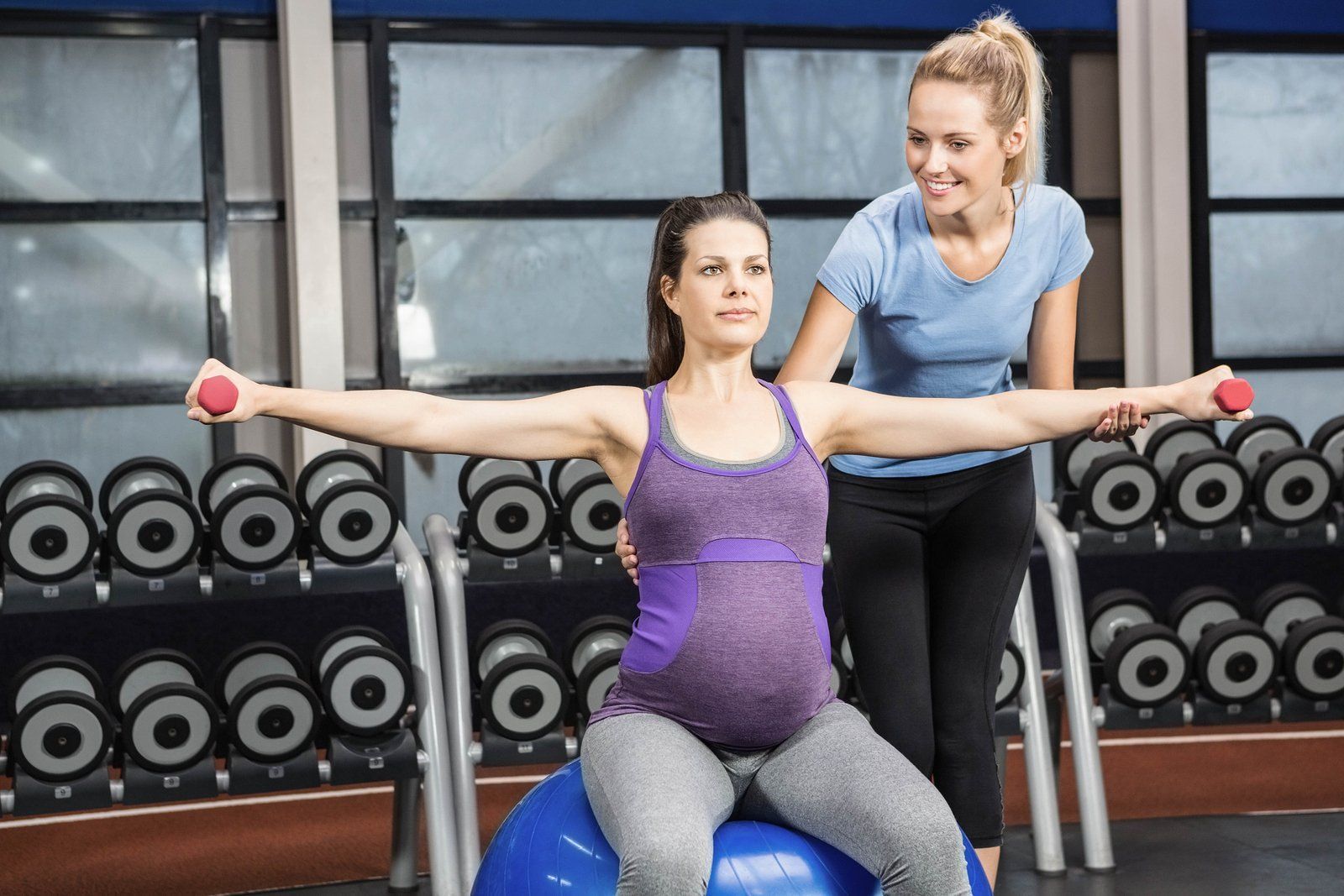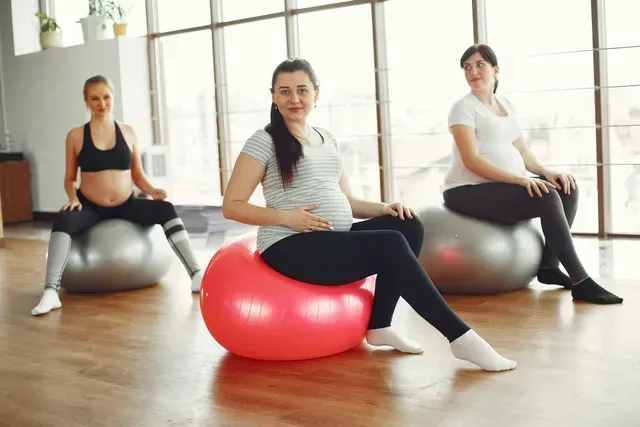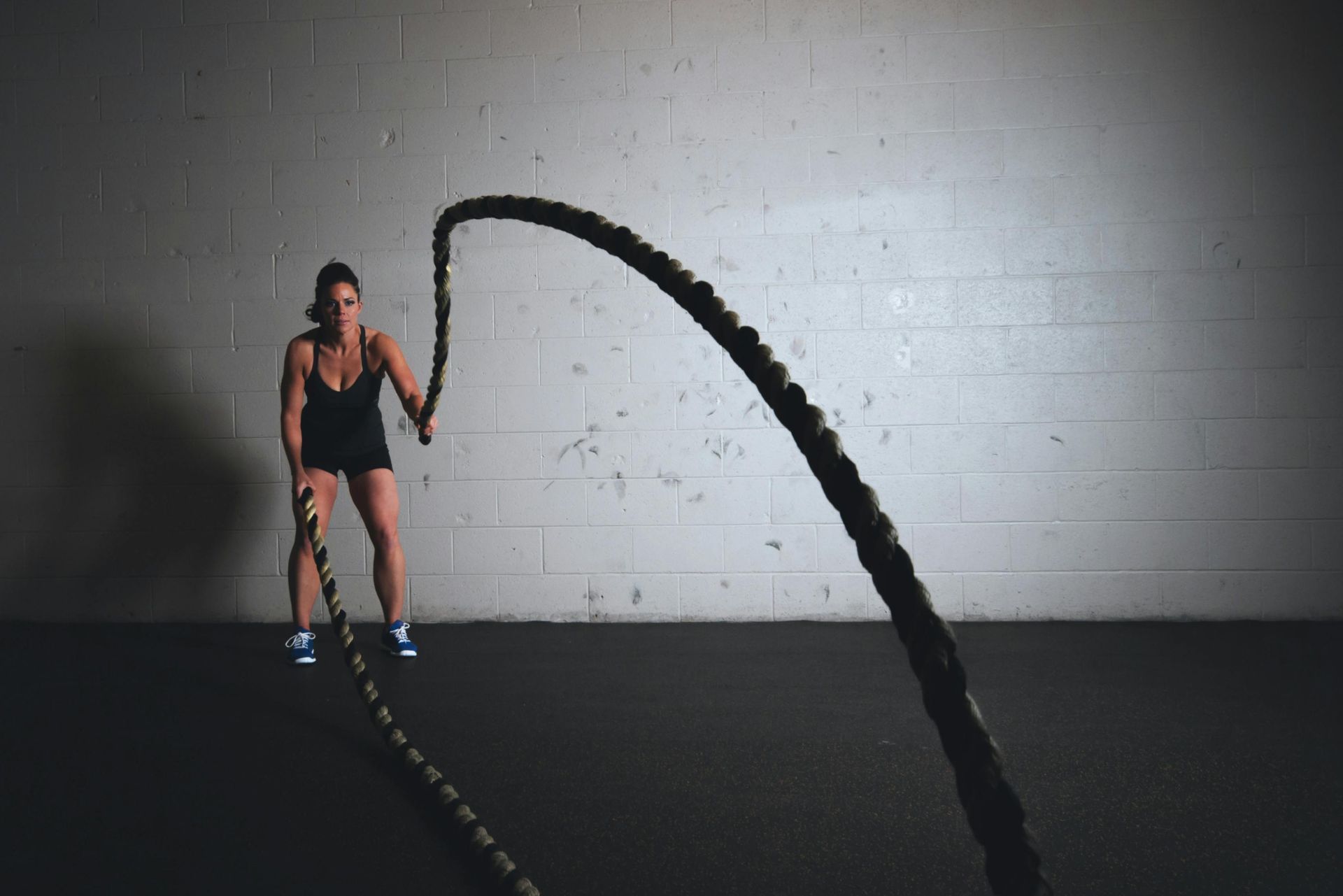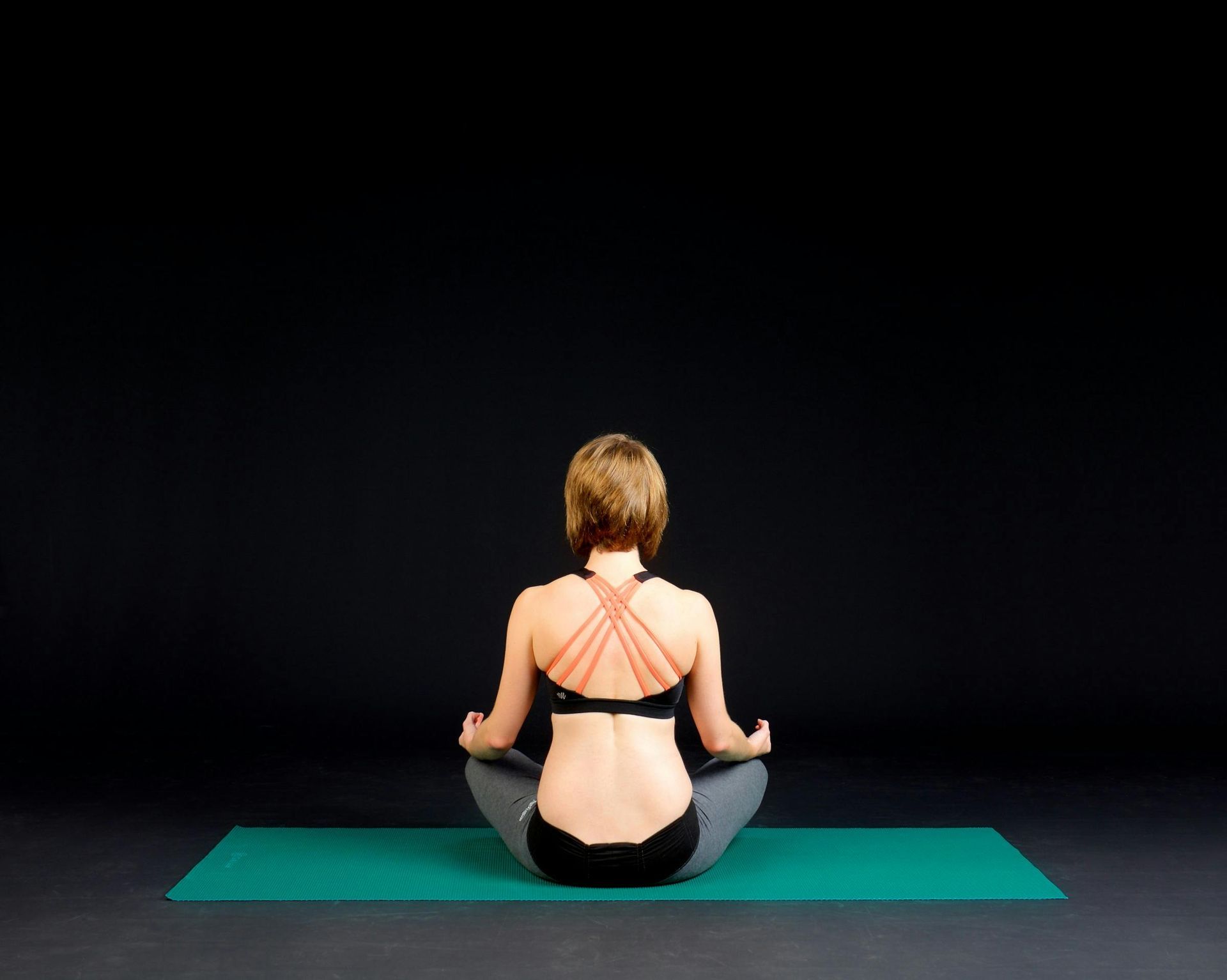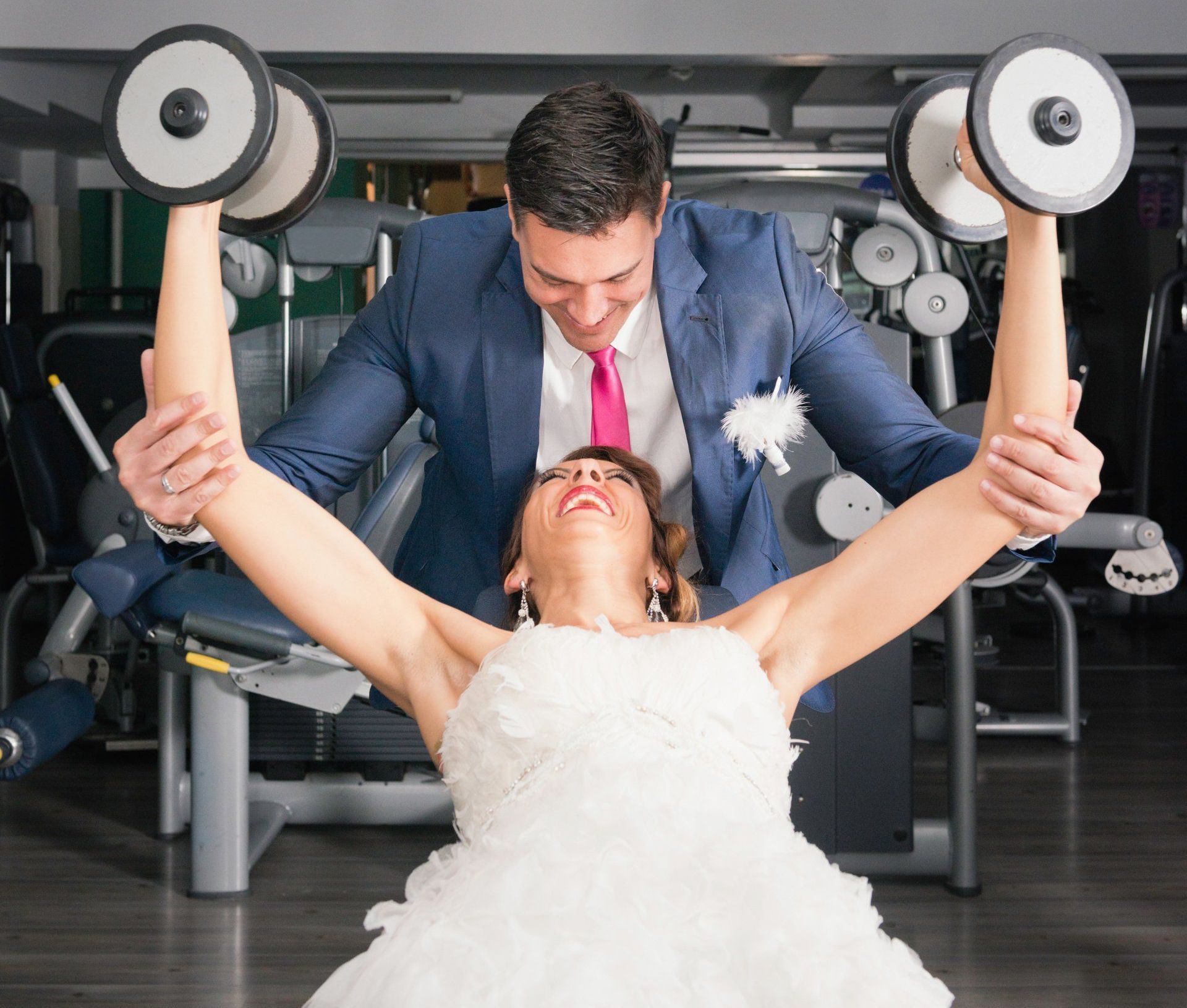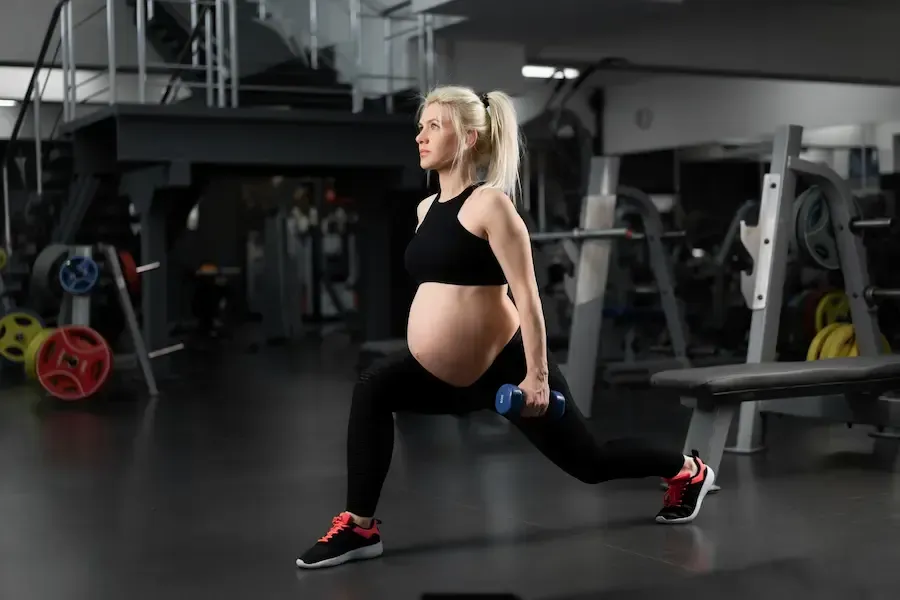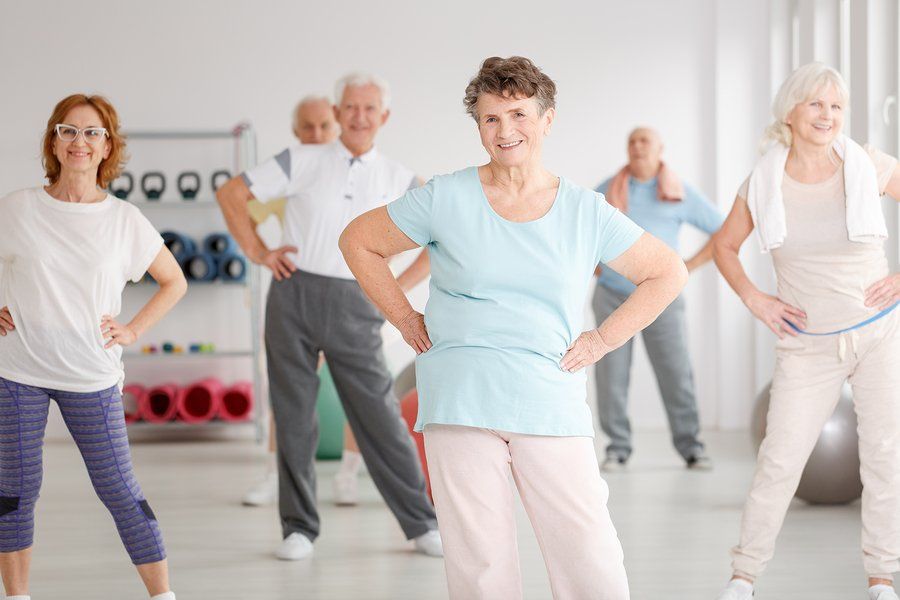Balance Training for Seniors: Essential Steps for Fall Prevention
As we age, maintaining our balance becomes crucial for daily activities and overall health. Falls are a significant concern for older adults, often leading to injuries and a decrease in independence. According to the CDC, one in four older adults falls each year, making balance training an essential part of any senior fitness routine.
In this blog, we’ll explore why balance training matters and how it can reduce the risk of falls. We’ll also cover effective exercises and tips for improving stability and coordination.
Why Balance Training Matters
Balance training focuses on enhancing stability, coordination, and strength. It’s about improving your body’s ability to maintain an upright position and react effectively to sudden changes, which can help prevent falls. Here’s why it’s so crucial for seniors:
1. Decreases Fall Risk: Research shows that seniors who engage in regular balance training can reduce their risk of falling by up to 40% .
2. Improves Muscle Strength: Many balance exercises simultaneously target the muscles of the legs, core, and back, helping to increase overall strength and stability.
3. Boosts Confidence: Fear of falling often leads to a reduction in physical activity. Regular balance training helps boost confidence, encouraging seniors to stay active and mobile.
Key Balance Exercises for Fall Prevention
Here are some effective balance exercises you can try. Remember, it’s essential to start slow and consult with a fitness professional or your healthcare provider before beginning any new routine.
1. Single-Leg Stands
• Stand behind a sturdy chair and hold onto the backrest for support.
• Lift one foot off the ground and hold the position for 10-15 seconds, then switch legs.
• Gradually increase the duration and try letting go of the chair as your confidence improves.
2. Heel-to-Toe Walk
• Walk in a straight line, placing the heel of one foot directly in front of the toes of the opposite foot.
• Keep a steady pace and maintain focus on a distant point to help with balance.
• Practice this for 15-20 steps, and repeat a few times.
3. Chair Sit-to-Stand
• Sit on a sturdy chair with your feet flat on the floor.
• Slowly stand up without using your hands for support, then sit back down.
• Aim for 10 repetitions to strengthen the leg muscles essential for balance.
4. Toe Lifts
• Stand with your feet hip-width apart, and slowly lift your heels off the ground, rising onto your toes.
• Hold the position briefly, then lower your heels back to the floor.
• Perform 10-15 repetitions, focusing on stability and control.
5. Marching in Place
• Stand next to a sturdy chair or counter for support.
• Lift one knee to hip height and then switch legs, as if you are marching in place.
• This exercise improves hip stability and balance.
Tips for Safe Balance Training
• Start Slowly: Begin with simple exercises and gradually progress as your balance and strength improve.
• Use Support: Don’t hesitate to use a chair, counter, or wall for stability, especially in the beginning.
• Focus on Posture: Keep your head up, shoulders back, and engage your core during exercises.
• Practice Regularly: Consistency is key to building strength and confidence over time.
Additional Strategies for Fall Prevention
In addition to balance training, consider implementing these fall-prevention strategies in your daily life:
1. Maintain an Active Lifestyle: Regular physical activity, like walking, swimming, or stretching, helps keep muscles strong and joints flexible.
2. Declutter Your Living Space: Remove tripping hazards such as loose rugs, electrical cords, and clutter from walkways.
3. Wear Proper Footwear: Supportive, non-slip shoes provide better stability and reduce the risk of slipping.
4. Review Medications with Your Doctor: Some medications can cause dizziness or affect balance. Regular reviews with your doctor can help mitigate these risks.
Final Thoughts
Balance training is a simple yet powerful way to enhance stability and reduce the risk of falls. By incorporating these exercises and tips into your routine, you can build strength, confidence, and maintain an active, independent lifestyle.
If you’re new to balance training or have concerns about your mobility, consider working with a certified personal trainer experienced in senior fitness. They can provide personalized guidance and ensure you’re exercising safely and effectively.
Stay balanced, stay active, and keep thriving!
Sources:
1. “Falls Prevention,” Centers for Disease Control and Prevention (CDC). Link (https://www.cdc.gov/falls/facts.html) .
2. Sherrington, C., et al. “Exercise to prevent falls in older adults: an updated systematic review and meta-analysis.” British Journal of Sports Medicine, vol. 51, no. 24, 2017, pp. 1750-1758.




